Coconut chutney is a must-have condiment when I’m eating dosas, or thosai, as we call them in Singapore and Malaysia. Never mind the sambhar, it’s the chutney that rocks a dosa meal for me.
Estimated reading time: 7 minutes
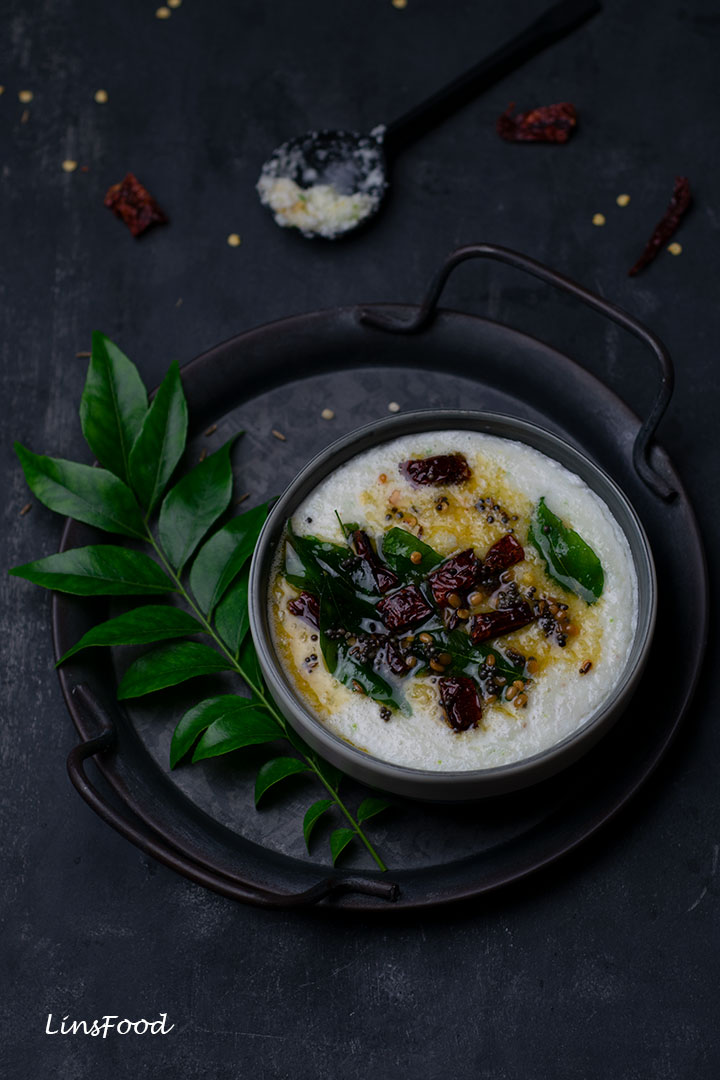
What is Coconut Chutney?
Coconut chutney is a vegan and gluten free South Asian condiment. It’s a wet, fresh chutney made with just grinding up a few ingredients, and flavoured with minimal spices and Indian curry leaves. Today’s recipe is a basic white coconut chutney.
There are so many variations of this recipe, some traditional, and others, experimental. You can add red chillies, tomatoes, coriander leaves (cilantro), tamarind, and so much more.
I’ll do them over time, and some might even find their way over to LinsFood.
Coconut based chutneys have an altogether different texture and taste to the jam or jelly-like texture of chutneys in the West, like Tomato Chutney, the ubiquitous South Asian mango chutney or even this Beef Bacon Jam that I made last year on LinsFood.
Sometimes also called dosa chutney or idli chutney, coconut chutney doesn’t have to be served with just these two items. You can eat them with all sorts of dishes. I love having it with rice, and it goes especially well with grilled fish or chicken.
And if you know your Indian street food or South Indian food, then you’ll agree with me that this goes amazingly with vada and upma too.
It really does make a great side dish in a South Asian meal, and even the perfect accompaniment to South Indian breakfasts.

The Ingredients
I’m making a traditional recipe, the sort I grew up eating, and that comes from Tamil Nadu, a South Indian state. As mentioned above, you only need a few ingredients to make today’s basic coconut chutney.
While coconut is the main ingredient and accounts for the overriding flavour, all the minor players in this recipe are very, very important, as they lend a variety of aromas, flavours and textures. Let’s take a look at them.
Grated coconut
You’re going to get the best coconut chutney from fresh coconut that’s been grated. The sweet, nutty aroma and texture in unrivalled.
The next best thing would be frozen grated coconut found in south Asian stores. Just thaw it and follow the recipe below.
If you can’t get either of the above, then desiccated coconut is going to have to suffice. You’ll need to rehydrate it first by steaming it over simmering water for 10 minutes. If you need directions on this, just drop me a comment at the end of this article.
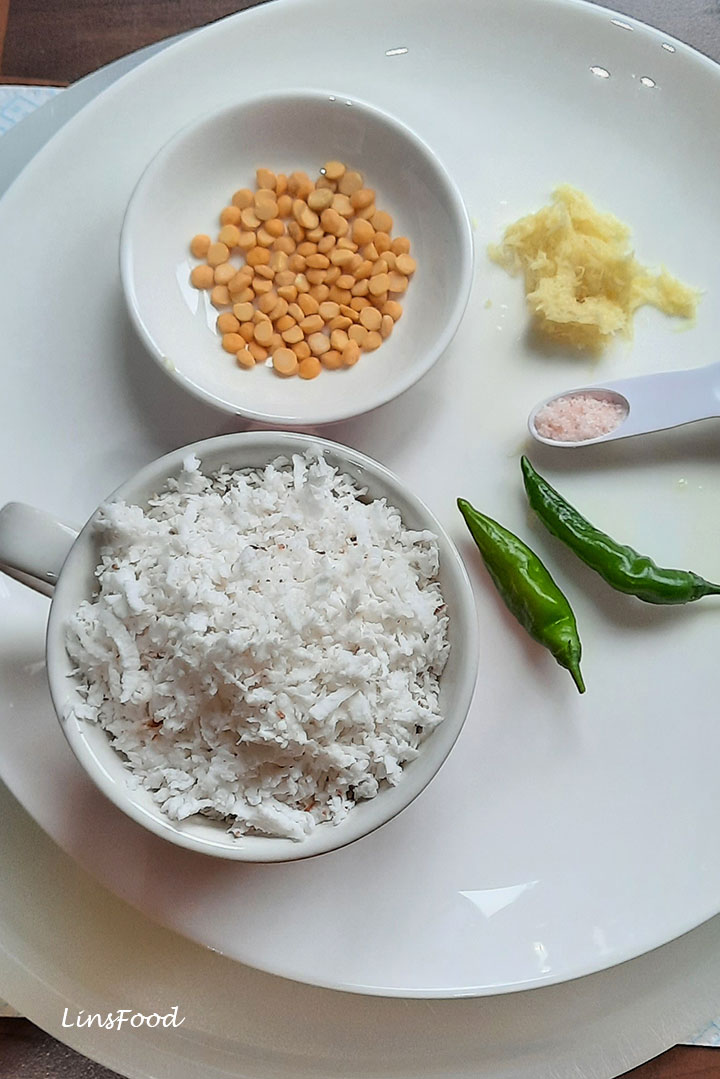
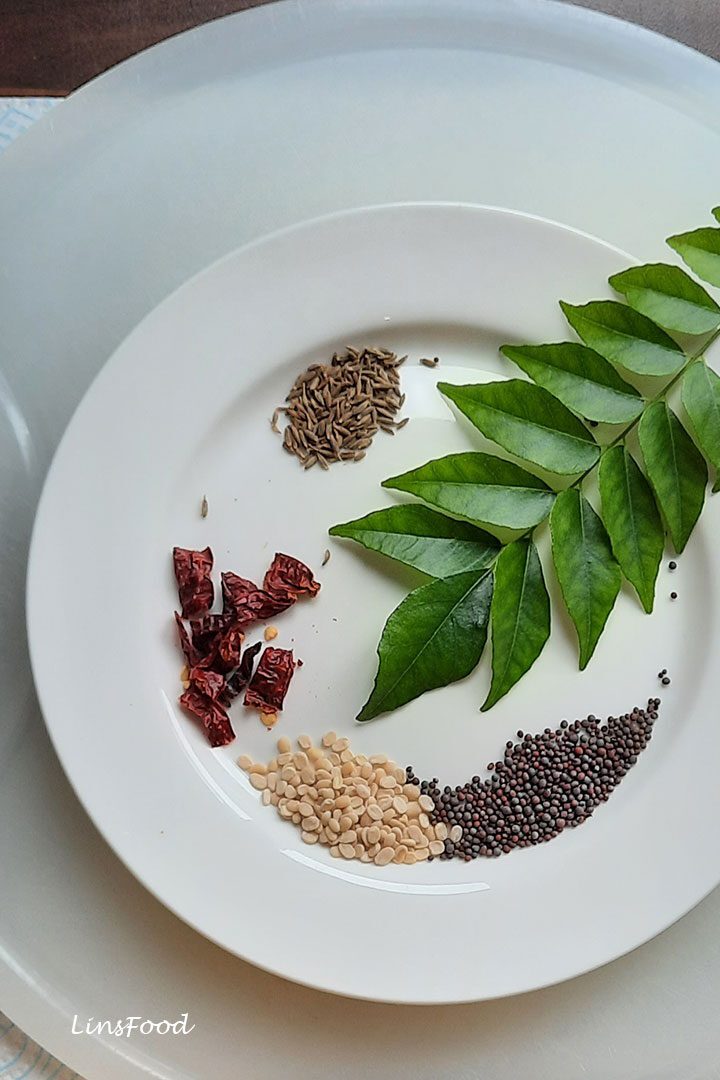
Dal and Seeds
We use 2 kinds of dal in making this chutney, chana dal and urad dal. Some people use peanuts instead of chana dal, but peanut coconut chutney is something we’ll look at another day.
Chana dal is also known as split gram lentil or Bengal gram, and we dry roast this in a small pan before blending it along with the coconut.
Urad dal, also sold as urid dal, is used in the tempering stage (called tadka), along with the oil, before being poured onto the blended ingredients. It add a delicious flavour and crunch to your coconut chutney.
Mustard seeds are a must in most tadka, whatever the recipe, and lends a nutty flavour with a hint of heat to the oil. I also add the tiniest pinch of cumin seeds for added oomph.
Aromatics
I’m including the ginger, chillies and curry leaves in this.
The fresh ginger we use adds just a little bit of citrus zing to the chutney, which complements the coconut extremely well. You could add a small clove of garlic if you fancy too, but I prefer it without.
You can use any green chilli you like in this coconut chutney, for a touch or plenty of heat. Or skip the chillies altogether, if you don’t want any heat.
Curry leaves are a very important component of this coconut chutney. You really, really want to get your hands on them, and they want to be fresh. Dried curry leaves hardly have any scent left to them, so they are really not worth the bother.
Be sure to rinse and dry your curry leaves well with kitchen paper. This is to prevent the hot oil from spluttering unnecessarily.
I can’t live without curry leaves, so I’ve had a plant for well over 20 years now. It lives indoors, as I’m in the UK.
We also use 1 or two dried red chillies in the tadka to add flavour and a pop of colour. Use whatever kind you can get, as long as they are non smoky. So no chipotles! I use Kashmiri chillies and sometimes even de Arbol chillies, if I want a hotter chutney.
Leave your dried chilli whole of you prefer no heat in your coconut chutney.
The Oil
The traditional oil for this Tamil Nadu style coconut chutney is a simple, flavourless vegetable oil. For an alternative flavour, you could use coconut oil, if you fancy. Personally, I think it’s too strong for all the other subtle flavours, as coconut oil has a tendency to dominate a dish.
Water
We’ll be adding water to blend all the ingredients together. It’s very important that your water is warm, warmer than lukewarm, but not boiling hot water.
The warm water will help the coconut fat to melt and allow it to be blended with all the other ingredients. This is especially important if your grated coconut is cold.
Coconut Chutney Recipe
The recipe itself is extremely easy. This is what we’ll be doing:
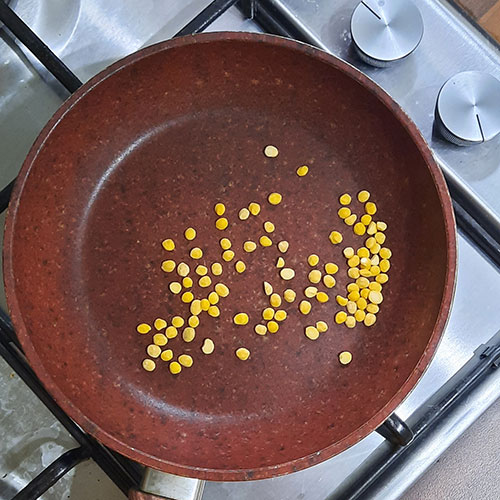
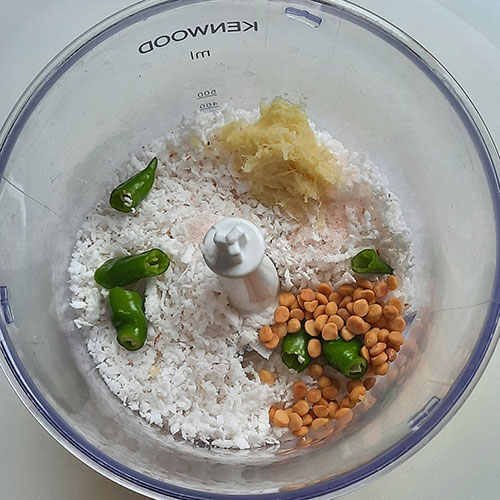
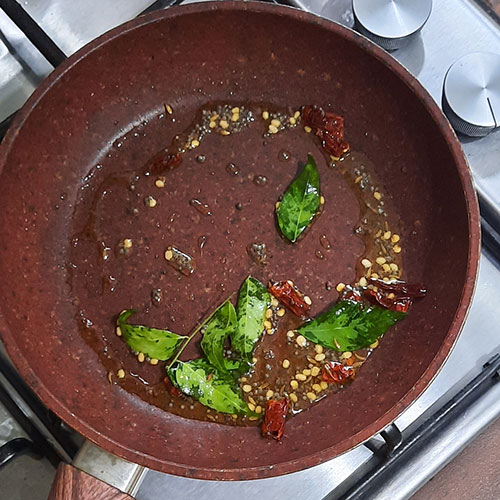
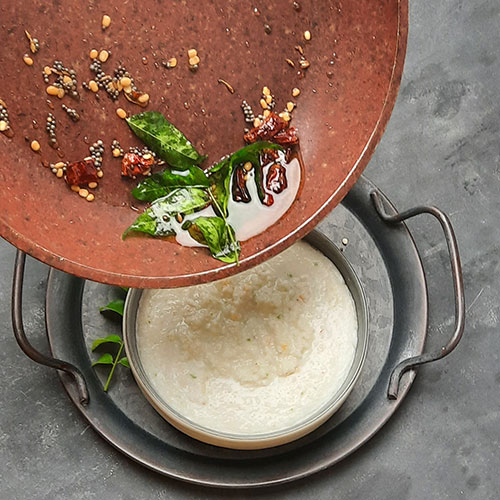
- Dry roast the chana dal.
- Place the chana dal, coconut, ginger, green chillies, salt and warm water into a chopper or blender, and zap everything to a smooth paste. We pour this out into a serving bowl.
- The tadka – heat some oil in a pan and quickly fry the mustard seeds, cumin seeds, urad dal, dry red chilli and curry leaves.
- Pour this flavoured oil over the chutney, Stir it ever so slightly and serve. That’s it. No more than 10 minutes or so.
Easy, right?
I thought I’d get the coconut chutney recipe done, as thosai is up next!
Shall we get cooking?
If you like the recipe, don’t forget to leave me a comment and that all important, 5-star rating! Thank you!
And if you make the recipe, share it on Instagram or Facebook and tag me @azlinbloor, and hashtag it #linsfood
Lin xx
Discover more recipes
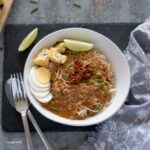
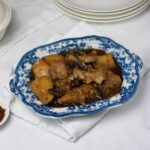
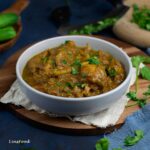

Coconut Chutney Recipe
Equipment
- small frying pan or saucepan
- side plate
- knife
- chopping board
- chopper or blender
- bowl for serving
- pair of scissors
- teaspoon
Ingredients
The Chutney
- ½ Tbsp chana dal
- 100 g grated coconut fresh or frozen and thawed
- 2.5 cm ginger
- 1-2 green chillies I used 2
- ¼ tsp salt
- 60 ml very warm water you may need more, this is to your taste
Tadka (Tempering)
- ½ Tbsp vegetable oil
- ½ tsp black mustard seeds
- pinch cumin seeds
- ¼ tsp urad dal leave out, if unavailable
- 1-2 dried red chillies non smoky, I used 2
- 1 small sprig fresh curry leaves
Variations
- 1 medium tomato chopped up
- 2 red chillies instead of green
- 2 sprigs mint leaves added to the blender
- 5 sprigs fresh coriander leaves (cilantro) added to the blender
Instructions
Make the Chutney
- Heat a small frying pan over medium-low heat and toast the chana dal for 2 minutes until they show signs of turning a touch darker, and start releasing their nutty aroma. Tip out onto a side plate to cool for a couple of minutes.Keep the pan for the tempering.
- While waiting, chop up the ginger or slice into 2-3 pieces and place in the blender (or chopper, what I used). Follow this with the coconut. Using a pair of scissors, cut the green chillies straight into the blender. Add salt and pour in the warm water.Blend to a smooth paste. If you want your chutney a little wetter, add a little more warm water.Taste, and add a little more salt if you need it.Pour this chutney out into your serving bowl.
Tadka (Tempering)
- Heat the oil in the same pan you used earlier, over low heat. Add the mustard seeds, cumin seeds, urad dal and dried red chillies and cook for 1 to 1 ½ minutes, swirling the oil around.
- Add the curry leaves and fry for another 30 seconds.
- Take it off the heat and pour this aromatic oil all over the coconut chutney in the serving bowl. Serve immediately.Can be kept, covered, in the fridge for up to 2 days, and reheated gently before serving.

6 thoughts on “Coconut Chutney Recipe”